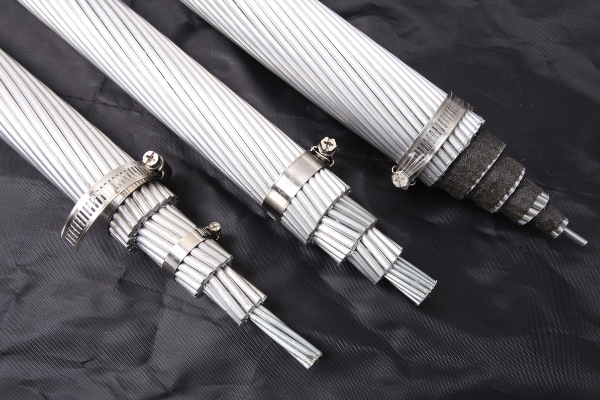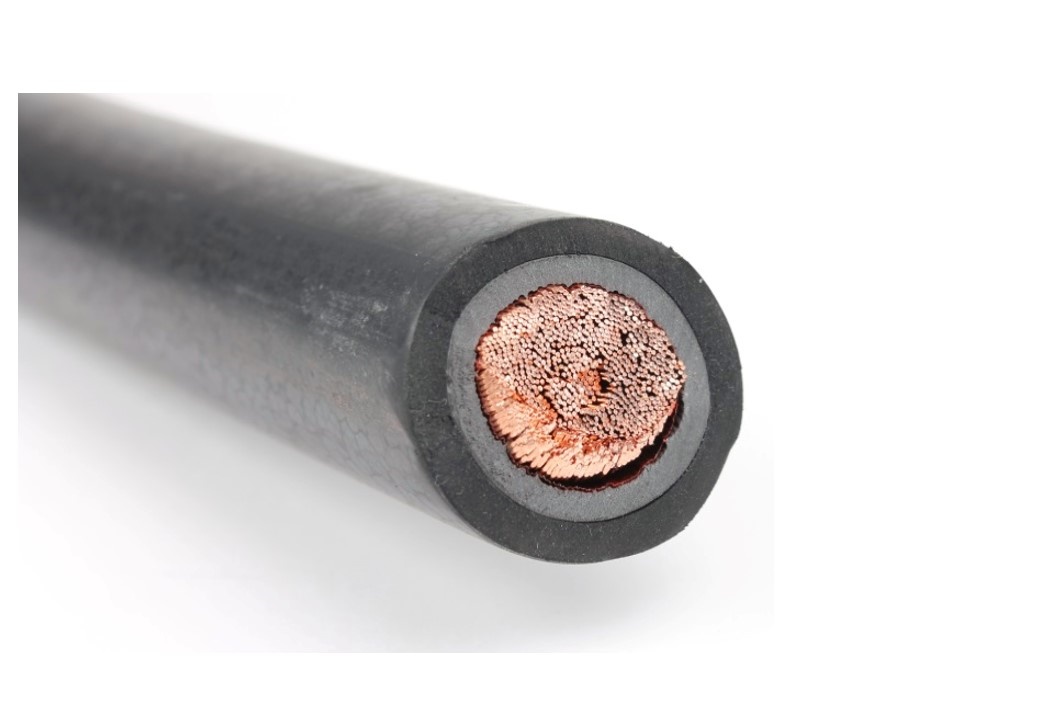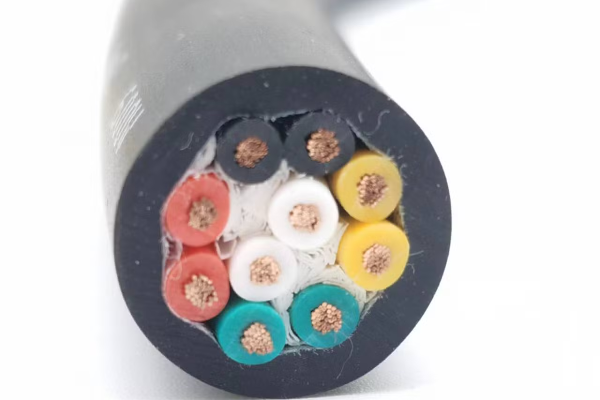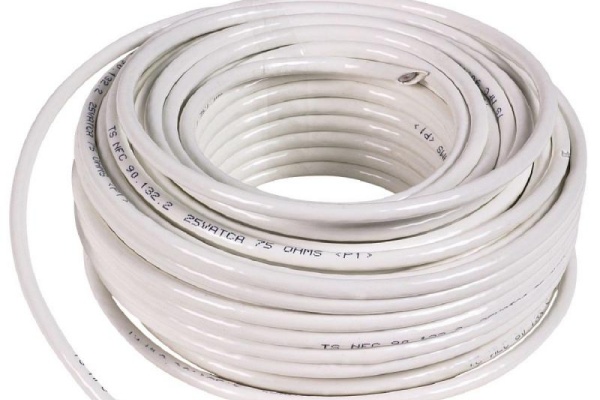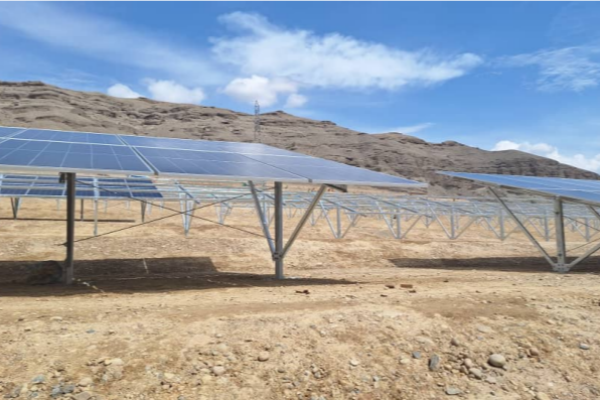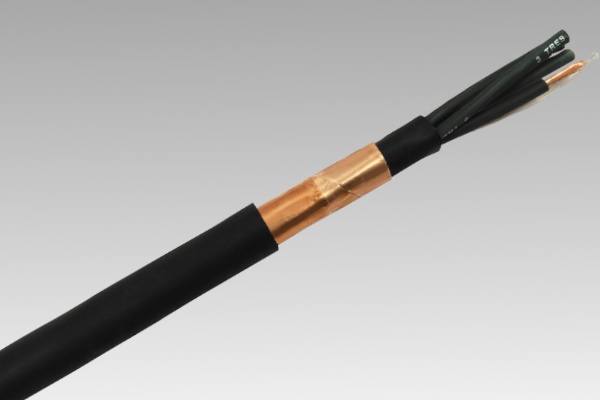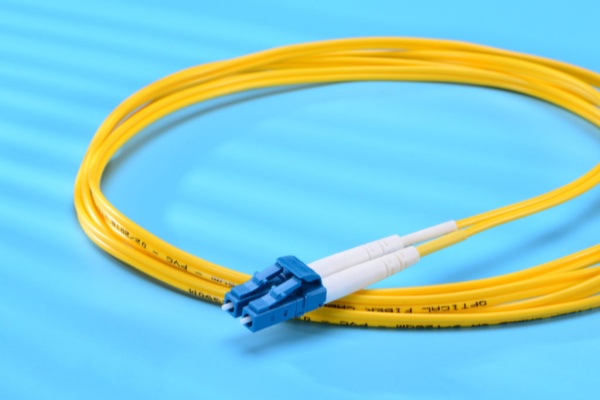Electric cables, essential elements of electrical systems, play a determining role in their safety, stability and efficiency. To choose the most suitable cable, it is crucial to understand the specific characteristics and environments each type is designed for. This article focuses on the comparison between two widely used cables : the THHN cable and the THWN-2 cable. It will help you better understand their particularities and make an informed choice based on the needs of your project..
Blog
Here we share knowledge about cables, such as the most popular cables currently, how to use cables, how to choose cables, etc. You can find like-minded friends here.
Choosing between AAC and ACSR cables : An in-depth analysis
In the electrical transmission sector, Cable selection plays a crucial role in ensuring stable and efficient power supply. Among the many options available, AAC cables (All Aluminium Conductor) and ACSR (Aluminium Conductor Steel Reinforced) are widely used. These two types of cables have unique characteristics that make them suitable for specific needs. This article examines their differences in detail, their advantages, their disadvantages and the criteria to consider when choosing the ideal cable for your project.
H07RN8-F : A Complete Introduction to this Versatile Cable
H07RN8-F cable is a high performance rubber cable, specifically designed to withstand harsh environments, including wetlands and underwater environments. In accordance with strict European standards, This cable is ideal for industrial and construction applications where robustness and flexibility are essential. In recent decades, the H07RN8-F has become a staple in various industries, thanks to its exceptional characteristics and durability. In this article, we will explore the technical specifications of H07RN8-F in depth, its many applications, and its benefits as a durable and reliable cabling solution.
What is the difference between H07RN8-F and H05VV-F cables ?
In the world of electrical installations, Choosing the right cable is crucial to ensuring safety, the efficiency and durability of the installation. Today, we will introduce you to two popular cables – the H07RN8-F and the H05VV-F – which stand out for their technical specifications and applications. Thanks to this detailed comparison, you will know which cable to choose for your specific needs.
Everything You Need to Know About SYT Cables
SYT cables play a vital role in low frequency communication systems, being widely used for transmission of telephone signals and in security systems. Due to their reliability and adaptation to indoor environments, they are commonly installed in office buildings, residences and various facilities. This article aims to provide a comprehensive guide on SYT cables, their technical characteristics, benefits, applications and best practices for their selection and installation.
PVC Cables and Low Smoke Halogen Free Cables (LSZH)
In the world of electrical engineering, the choice of cables is crucial to guarantee safety, the sustainability and profitability of installations. Among the most used types of cables, PVC cables (polyvinyl chloride) and halogen-free, low-smoke cables (LSZH) are two solutions frequently chosen for their specific properties. This article explores in detail the characteristics, the advantages and applications of each, allowing readers to make an informed choice based on their needs.
Why are solar cables crucial to PV installations? ?
With the rise of renewable energies and the energy transition, the role of solar cables (or photovoltaic cables) in solar energy systems becomes fundamental. But how are they different from ordinary electrical cables, and why are they essential for photovoltaic installations ? This detailed article explores the specificities of solar cables and their advantages over standard cables.
Comparison between 1Z1C7Z1-K cable and other cables
In the field of electrical cables, it is essential to understand the differences between the different types of cables in order to choose the one best suited to your needs. ZMS Cable's 1Z1C7Z1-K cable has several features that make it ideal for specific environments. In this article, we will look at the differences between 1Z1C7Z1-K cable and other types of cables such as PVC cables, silicone cables, rubber cables, and XLPE cables, to understand why ZMS cable is a strategic choice for many applications.
Cable 1Z1C7Z1-K : A Complete Overview of Flame Retardant LSZH Cable
In the modern industrial world, where security, reliability and compliance with standards are essential criteria, The choice of the right cable is essential to guarantee the continuity and safety of electrical installations. Among the many solutions available on the market, The 1Z1C7Z1-K cable is distinguished as a first-rate choice for demanding applications such as power plants, transformation positions and other critical industrial facilities. This article will deeply explore the technical characteristics, The advantages and uses of this cable, as well as its essential role in industrial environments.
Differences between G.652D and other fiber optic cables
In today's ever-changing digital landscape, Fiber optic cables play a vital role in transmitting large amounts of data over long distances with minimal loss. Among the different types of optical fibers available, G.652D has established itself as one of the most popular solutions due to its excellent performance in various network environments. However, there are other types of fibers used in telecommunications, like G.655 fibers, G.657 and G.653. Understanding the differences between these fibers is crucial to making informed choices when planning and designing networks..


